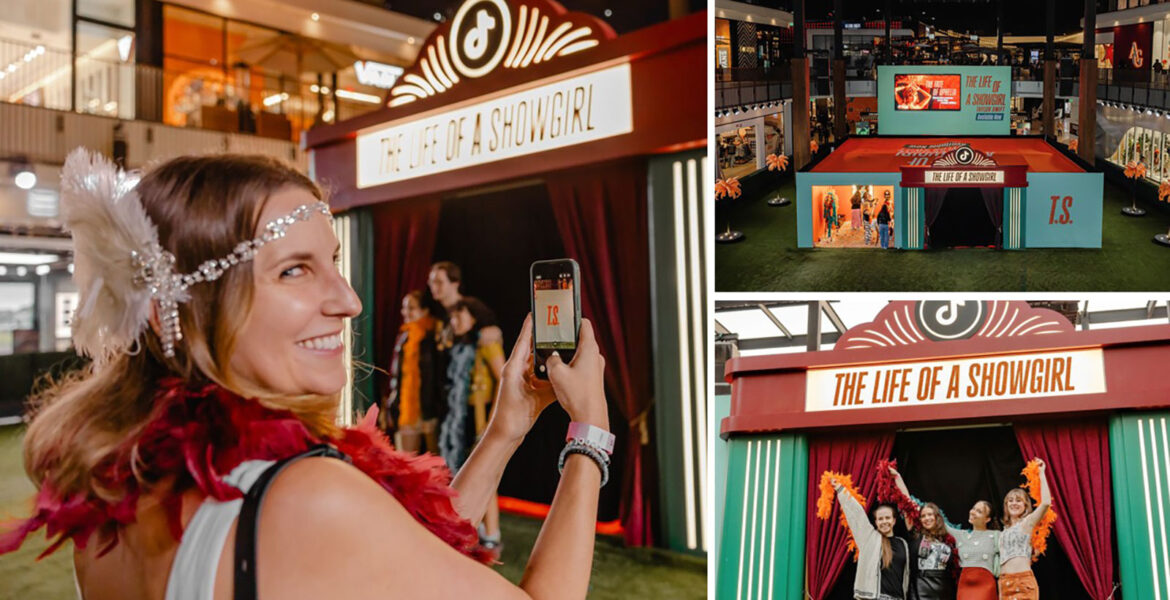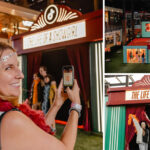By Kristen Jackman, SVP, Westfield Rise US
For years, the narrative has been that malls are relics of the past, casualties of e-commerce and shifting consumer habits. But Gen Z is rewriting that story. Far from abandoning the mall, this generation is embracing it and in doing so, reshaping what the modern mall looks and feels like.
Recent data shows that nearly 2 in 3 shoppers aged 18-34 now frequent malls regularly, more than any other generation, with 64% of Gen Z preferring to shop in-store when discovering new products. These findings underline the importance of physical spaces as essential for exploration and brand engagement. While digital convenience still appeals, an impressive 69% of Gen Z reports making weekly purchases in-store, seeking what online shopping cannot deliver: instant gratification, social connection, and experiences worth sharing. This is reflected in the finding that more than half treat shopping as a form of entertainment, with 52% likely to share something they like online through photos or messages, with 98% of consumers creating social or digital content at an event.
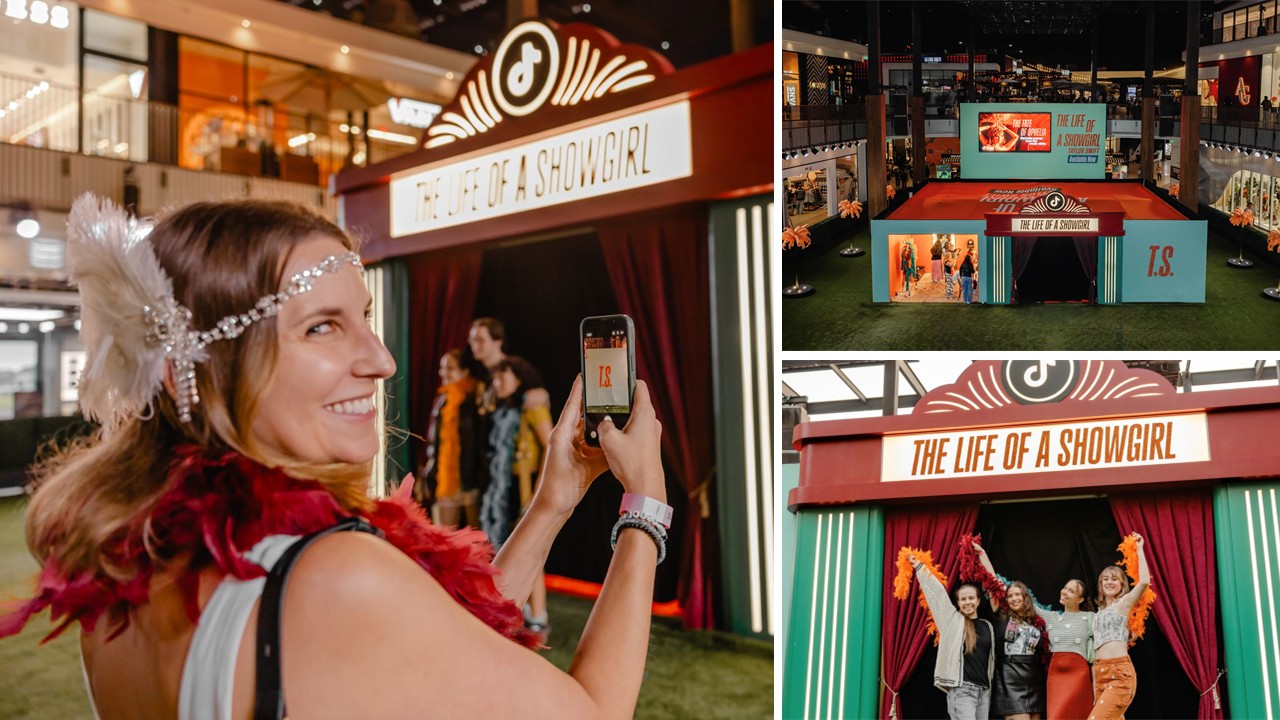 The Need for Instant Gratification
The Need for Instant Gratification
For a generation that grew up with same-day shipping and on-demand everything, waiting has little appeal. About 30% of Gen Z says the ability to get items immediately is a top reason they shop in person and another 28% cite the value experiencing products IRL before buying. Malls answer this call by putting products directly into their hands without shipping delays or return hassles. The tactile, in-the-moment experience matters.
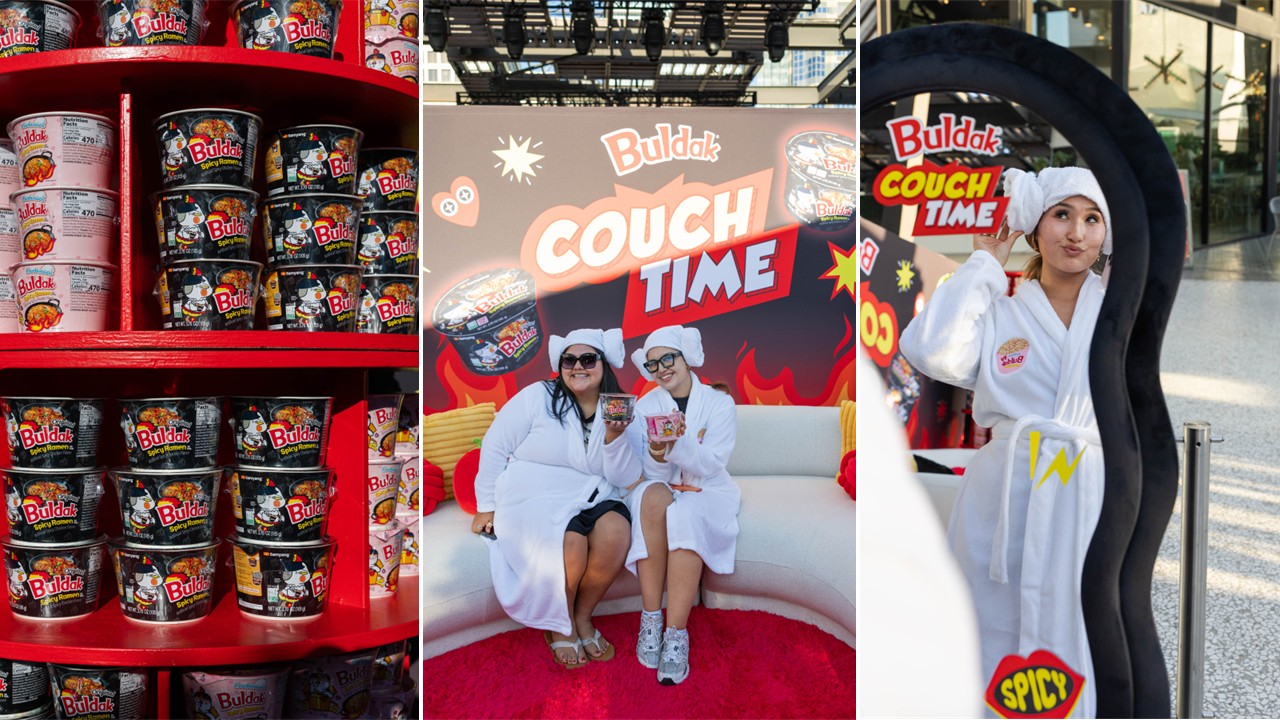 A Hub for Social Connection
A Hub for Social Connection
Shopping, for Gen Z, isn’t just about acquisition; it’s about interaction. More than 60% of Gen Z visits malls to socialize and 42% see it as a social activity. The mall is where they meet friends, discover new brands, and linger over meals. It’s a space that allows them to mix commerce with connection, reinforcing its role as a modern-day town square.
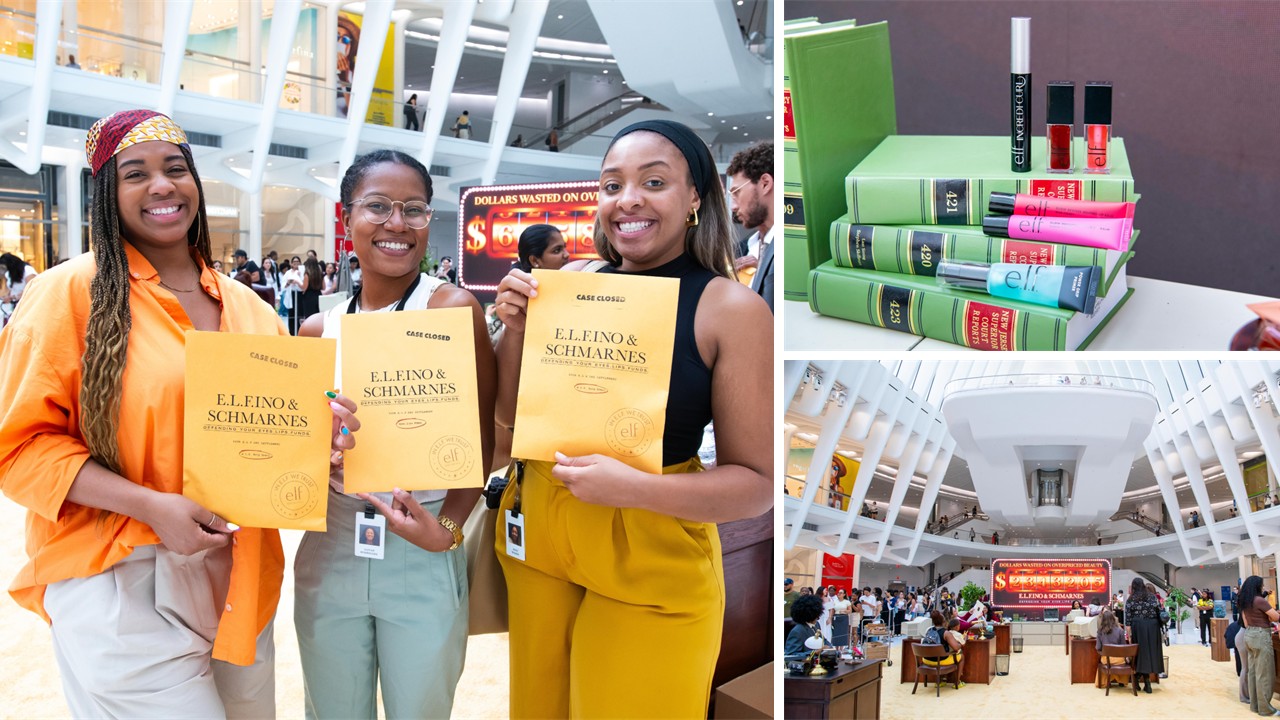 Experiences as Currency
Experiences as Currency
Perhaps most tellingly, 60% of Gen Z says they would rather spend money on experiences than physical items. That doesn’t mean they aren’t shopping; it means the act of shopping must be elevated into an experience itself. They are drawn to immersive pop-ups, live performances, AR and VR experiences, and culinary concepts that are as Instagrammable as they are delicious. The mall has evolved into a canvas for memory-making, not just a marketplace. This is where Westfield shines, leaning into Gen Z’s desire for experiences and self-expression. From hosting pop-up brand experiences to curating buzzy concepts designed for discovery and social sharing, Westfield has transformed its spaces into cultural town squares that extend far beyond shopping, offering moments that don’t just meet Gen Z’s expectations, but exceed them.
It’s what makes Westfield such a powerful space for brands. According to industry research, 87% of consumers say brand experiences are more memorable than TV, and 75% say they share them afterward, turning physical activations into shareable moments.
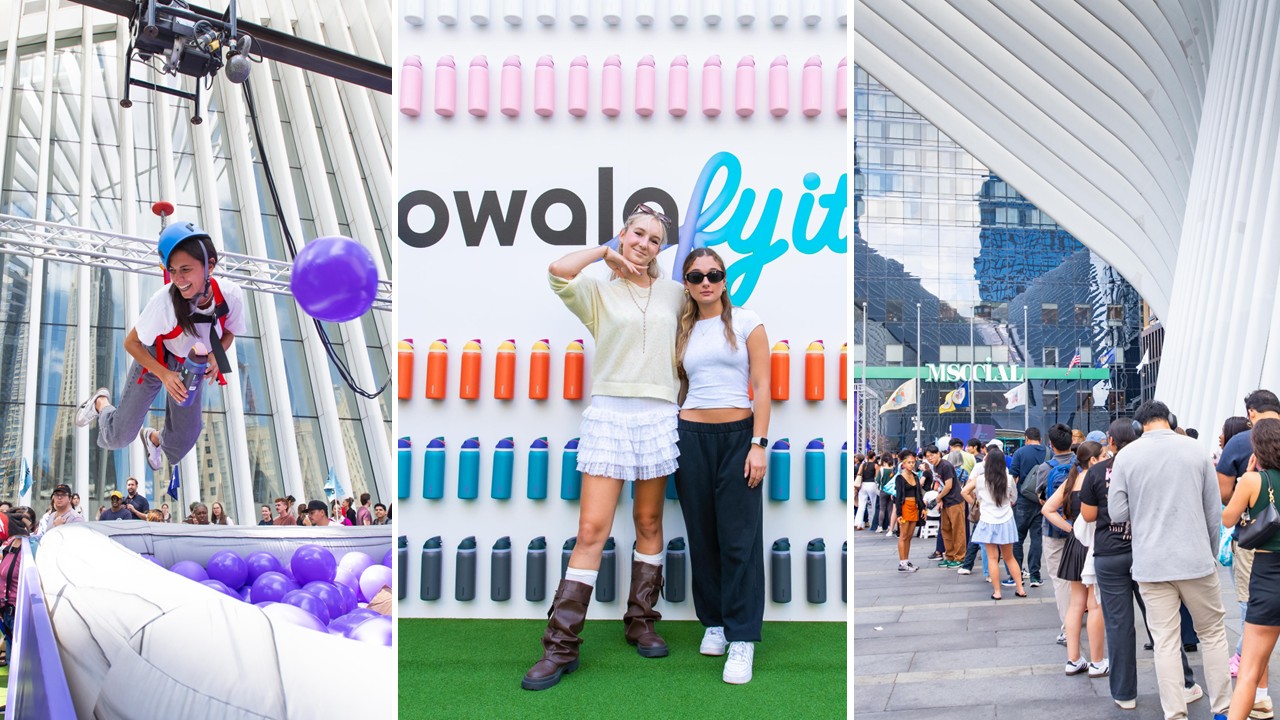 The Bigger Picture
The Bigger Picture
Gen Z’s affinity for malls underscores a broader truth: physical retail is far from dead, it’s just evolving. The mall’s revival is rooted in its ability to deliver what digital platforms can’t: speed, touch, connection, and community. Westfield’s success points to the future of the industry, creating multi-sensory, social, and shareable environments that resonate with how young consumers want to live and spend.
When it comes to how they discover and connect with brands, social media now dominates. There has been a 25% drop in the use of Google for searches, with this generation turning to platforms like TikTok to find information and inspiration.
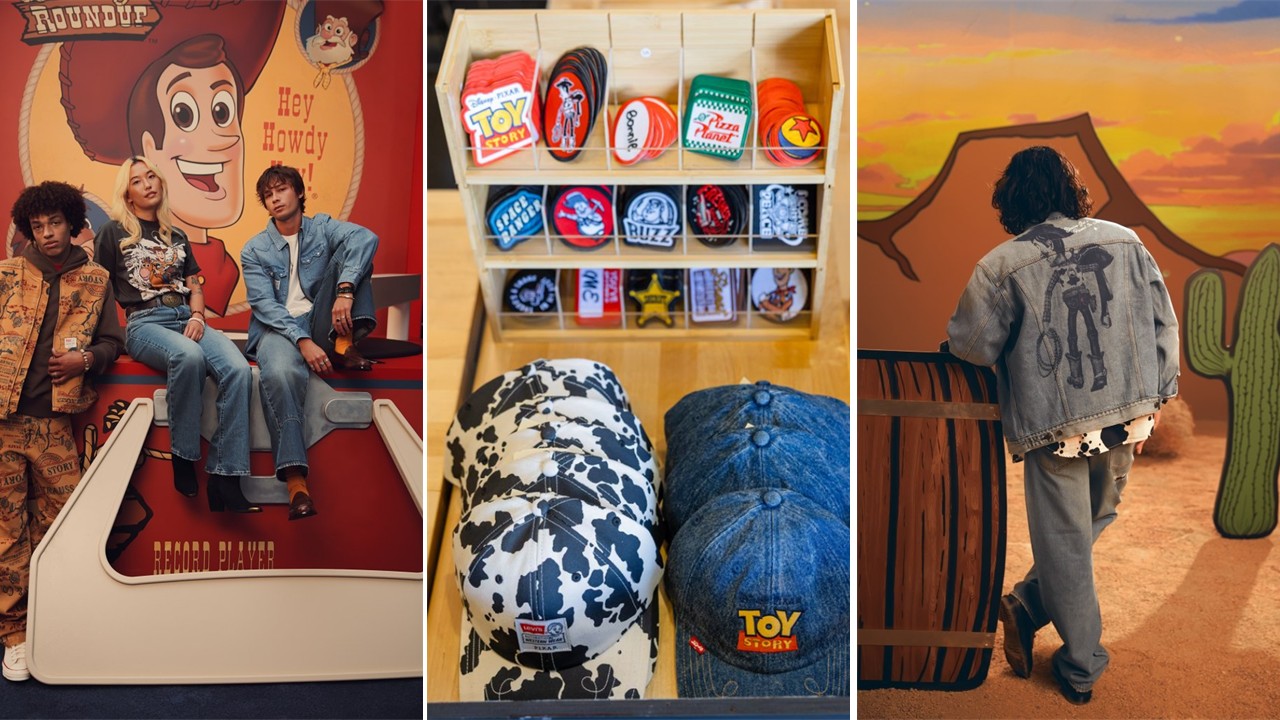 Looking ahead, there are two prominent trends that will likely define the next era of malls for
Looking ahead, there are two prominent trends that will likely define the next era of malls for
Gen Z:
The Rise of Hybrid Spaces
Expect malls to evolve further into lifestyle ecosystems, where wellness, co-working, and entertainment converge with retail. Gen Z isn’t compartmentalizing their lives, and they’ll expect malls to reflect that fluidity.
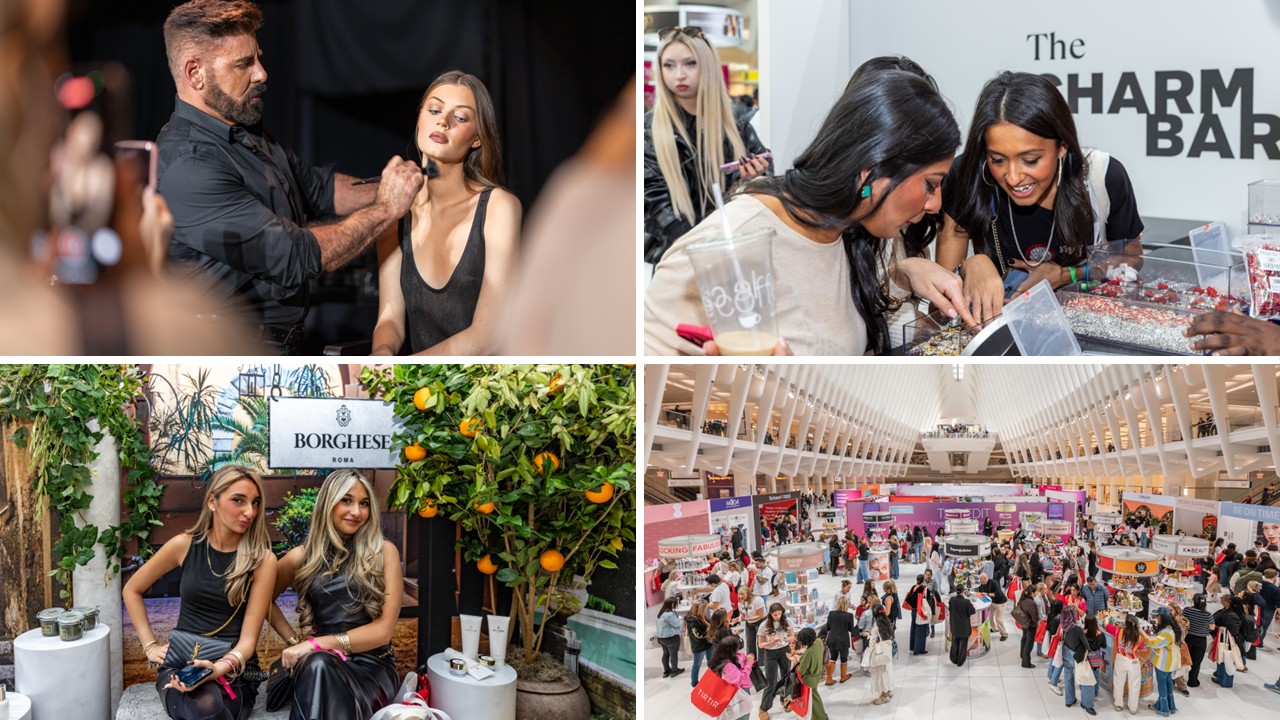 Digital Integration IRL
Digital Integration IRL
As AR try-ons, app-based loyalty, and social-first brand activations grow, malls will increasingly serve as physical extensions of Gen Z’s digital world—blurring the line between shopping center and content studio.
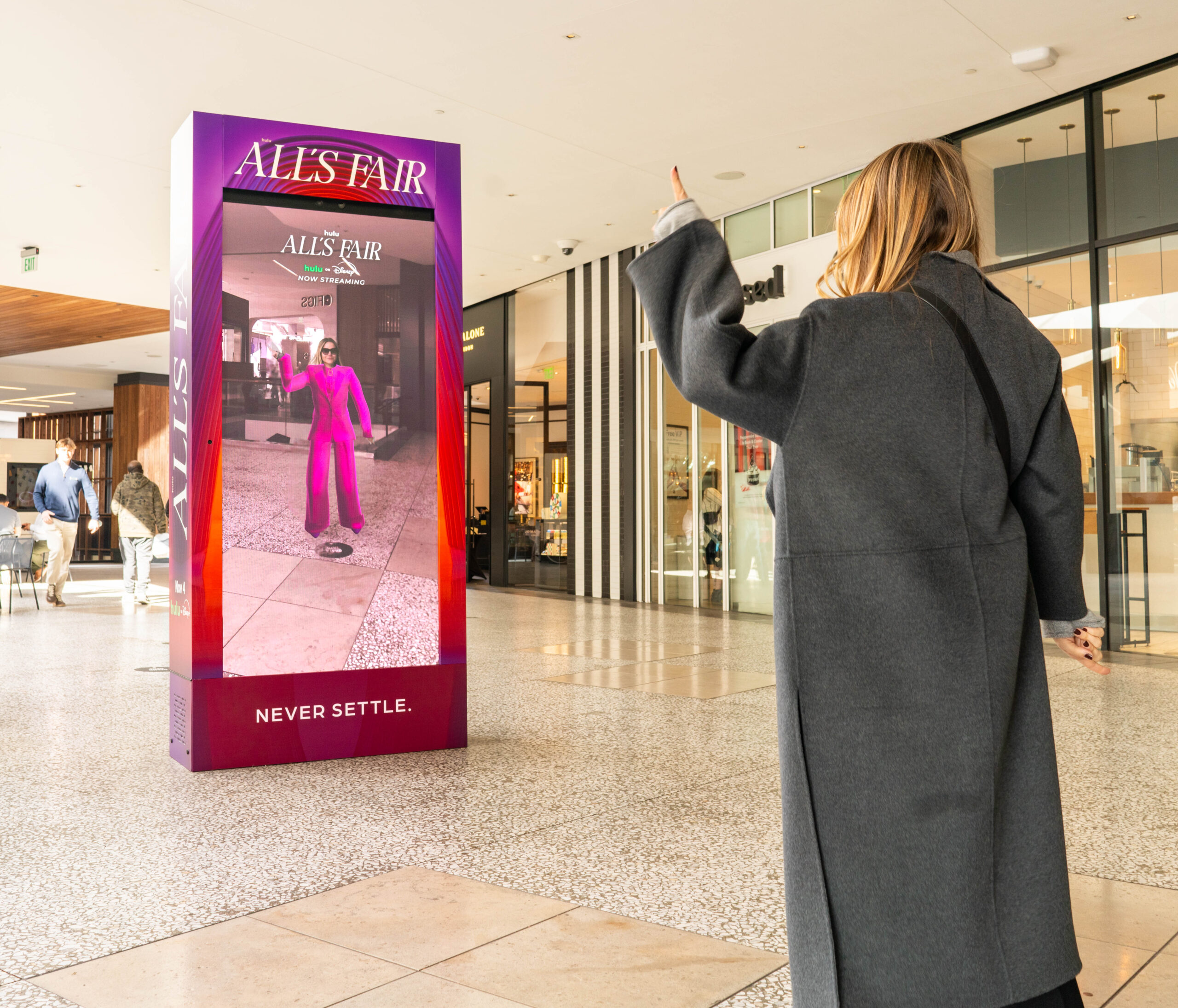 Gen Z is proving that the mall is more than a place to shop. It’s a space to connect, create, and belong. As this generation continues to shape the future of retail, malls that deliver immediacy, experiences, and community will thrive. The message is clear: evolve into cultural destinations, and Gen Z will show up.
Gen Z is proving that the mall is more than a place to shop. It’s a space to connect, create, and belong. As this generation continues to shape the future of retail, malls that deliver immediacy, experiences, and community will thrive. The message is clear: evolve into cultural destinations, and Gen Z will show up.

